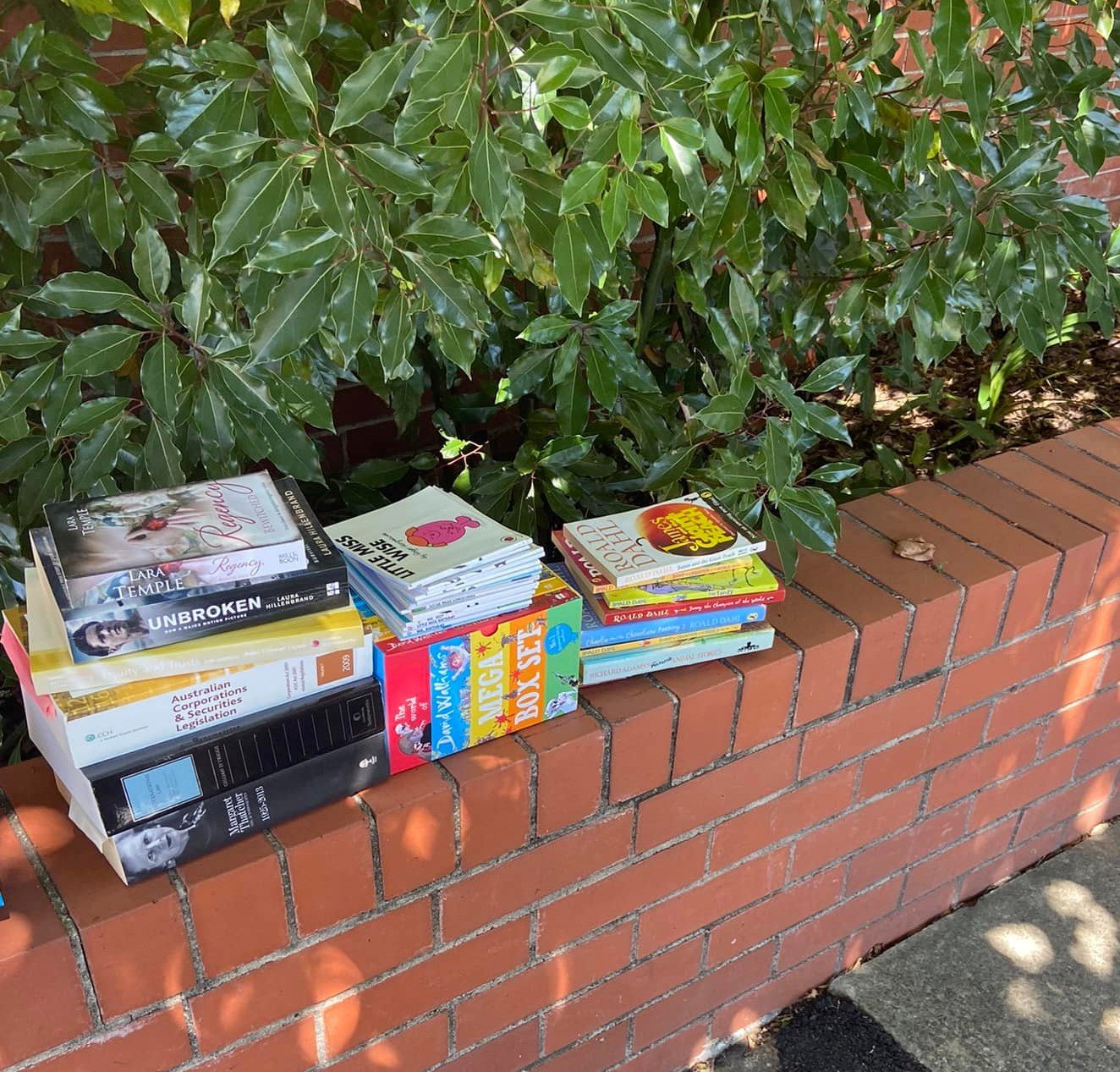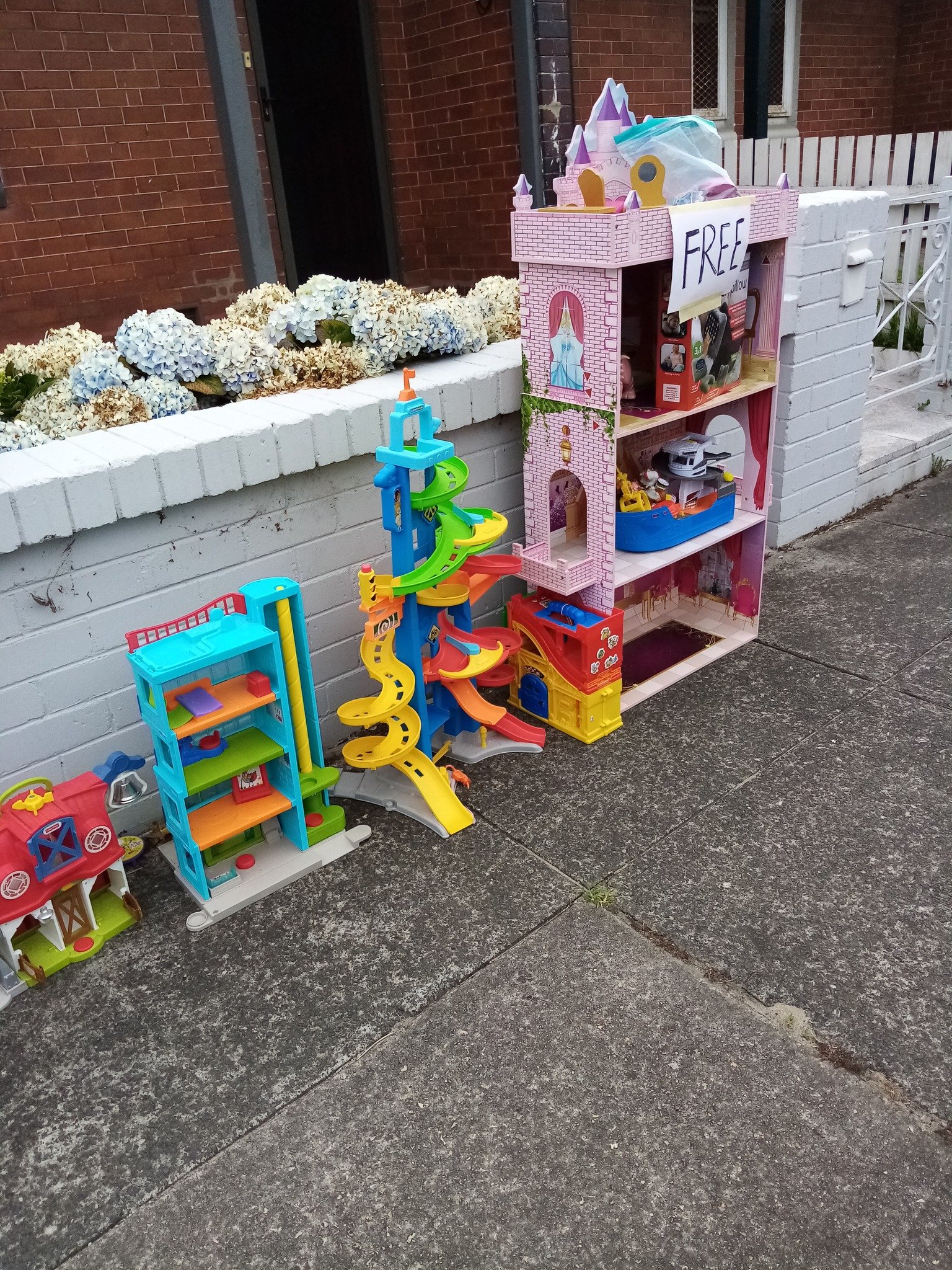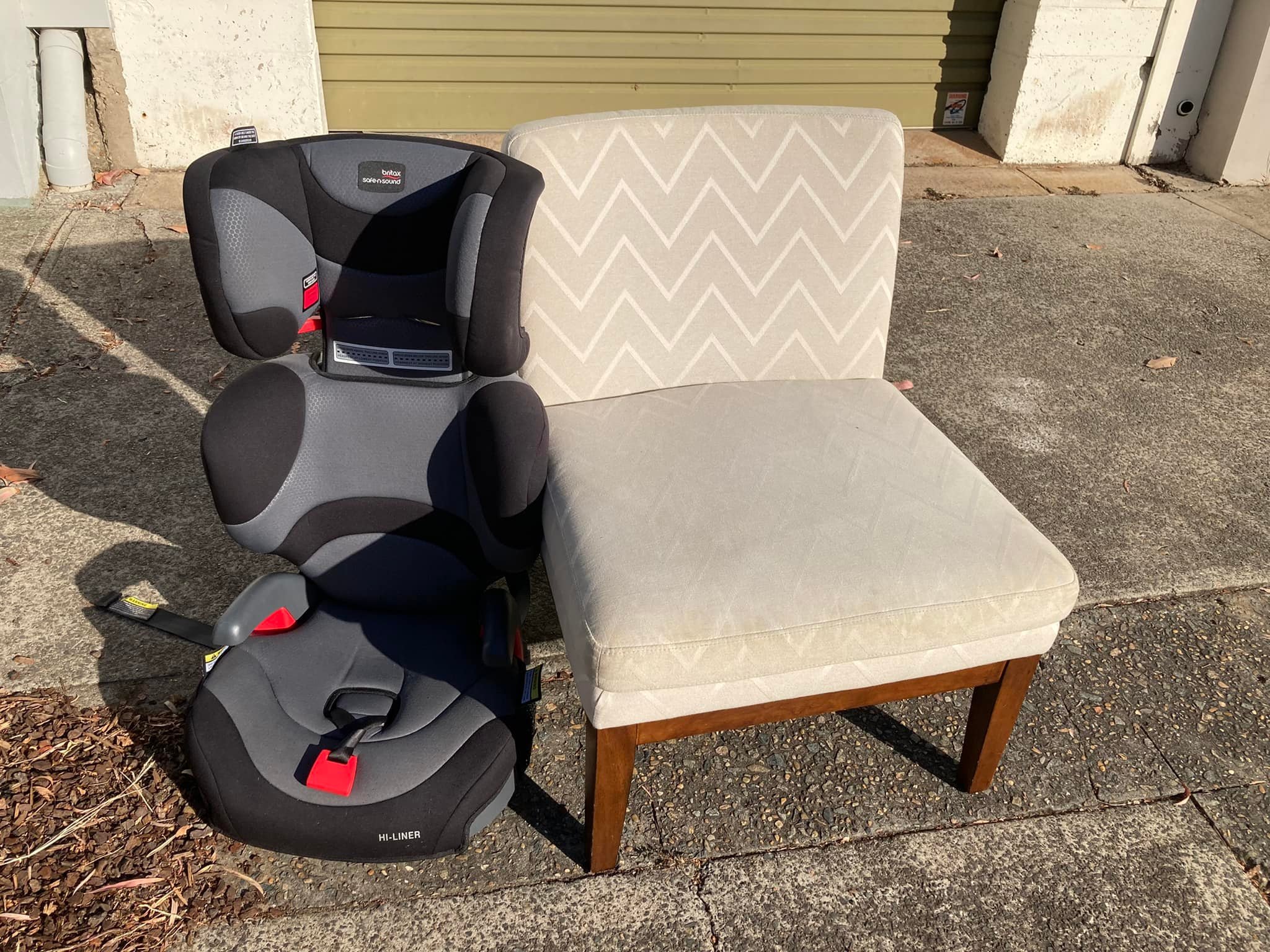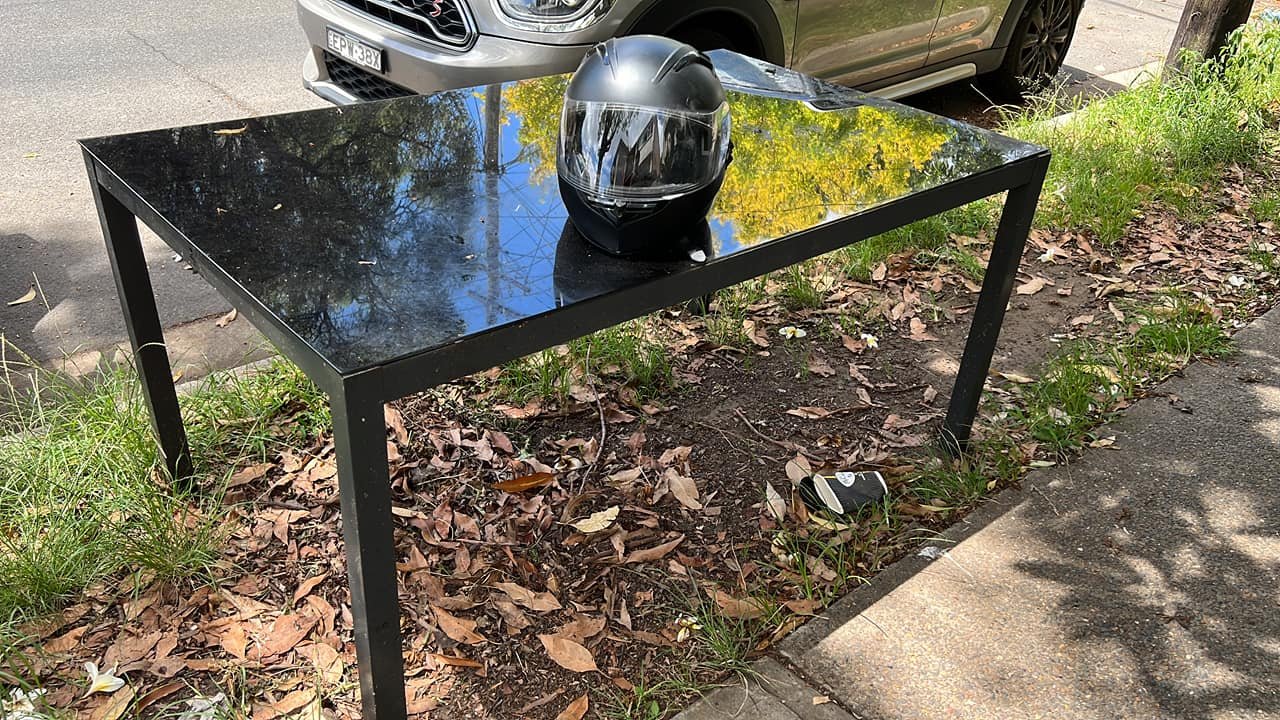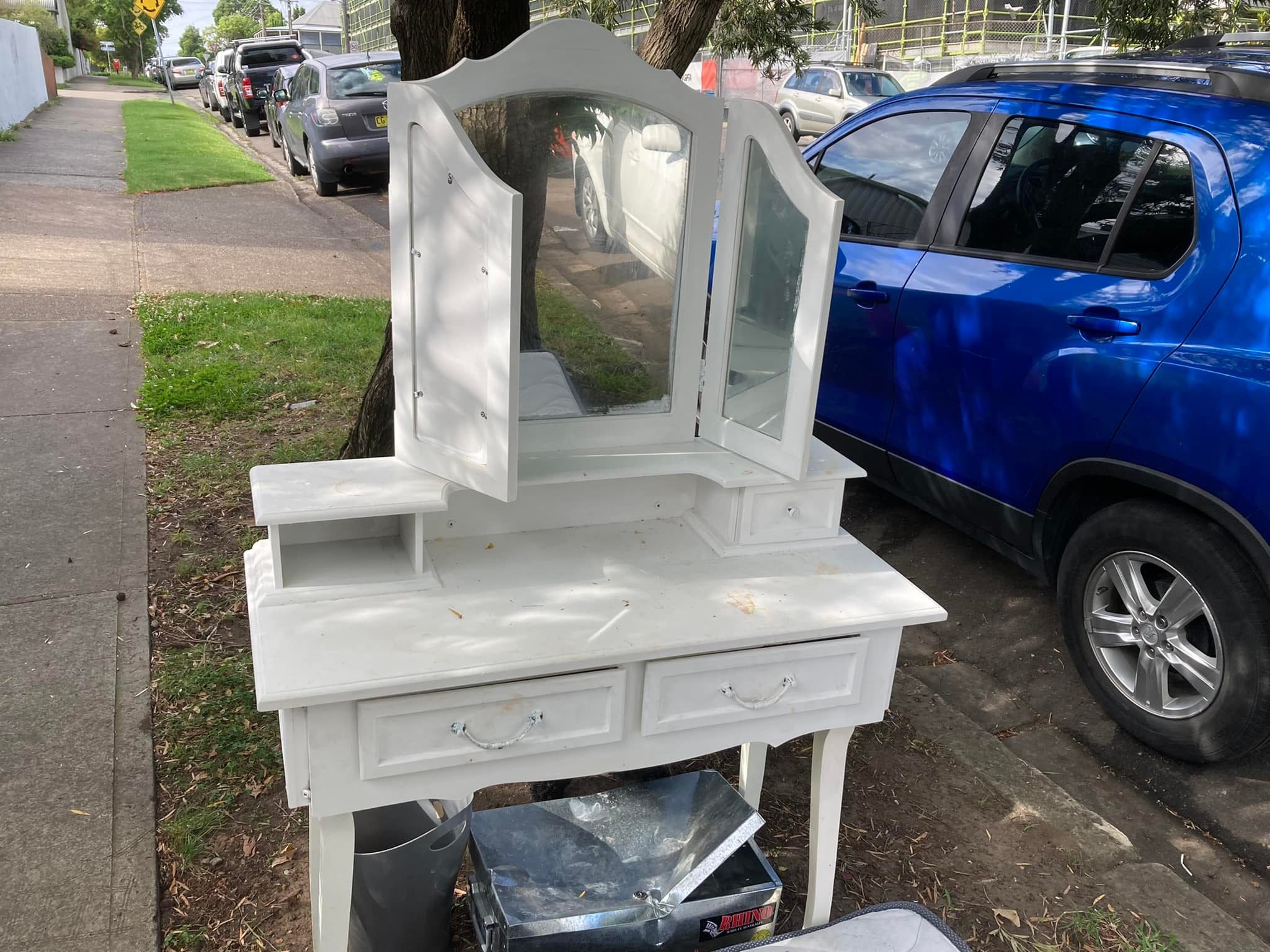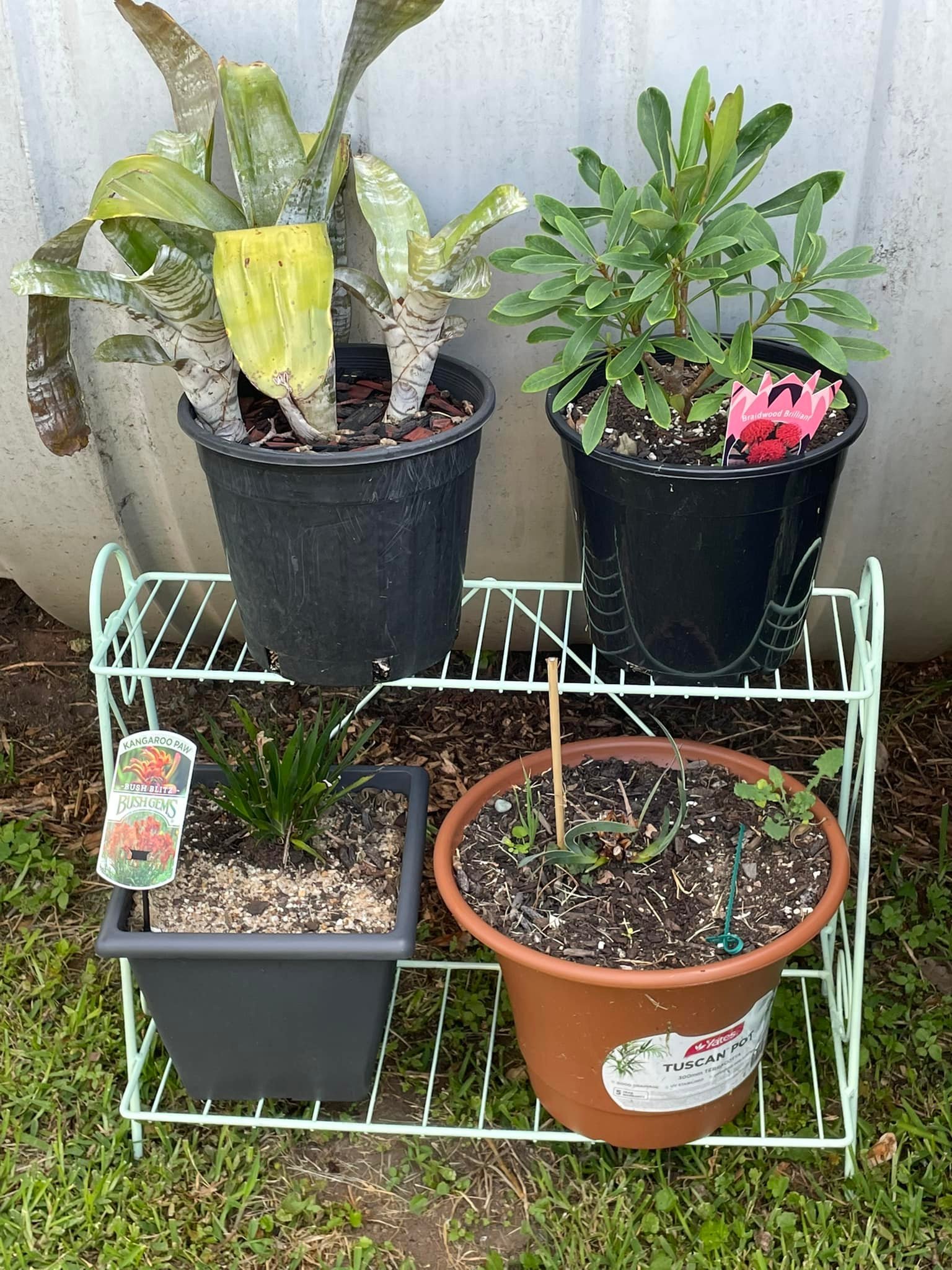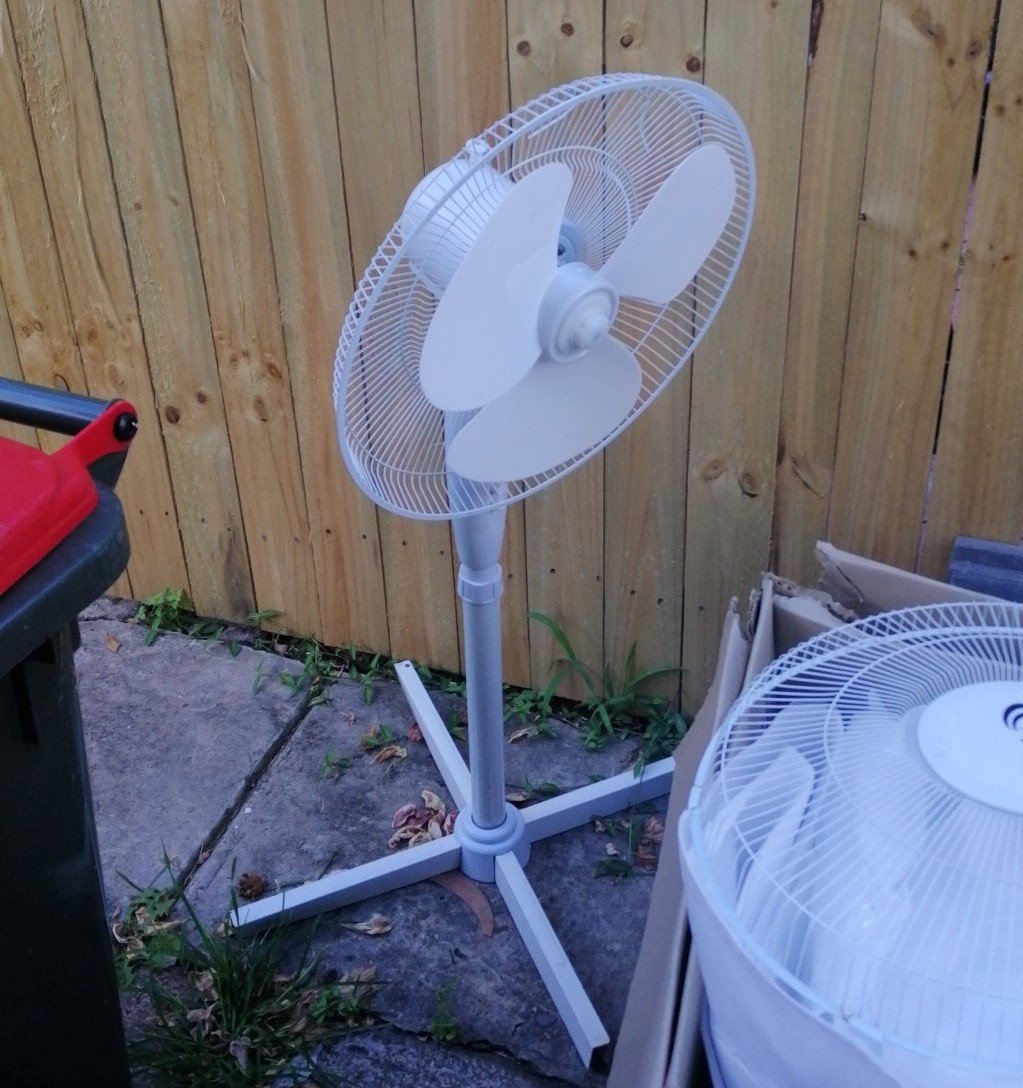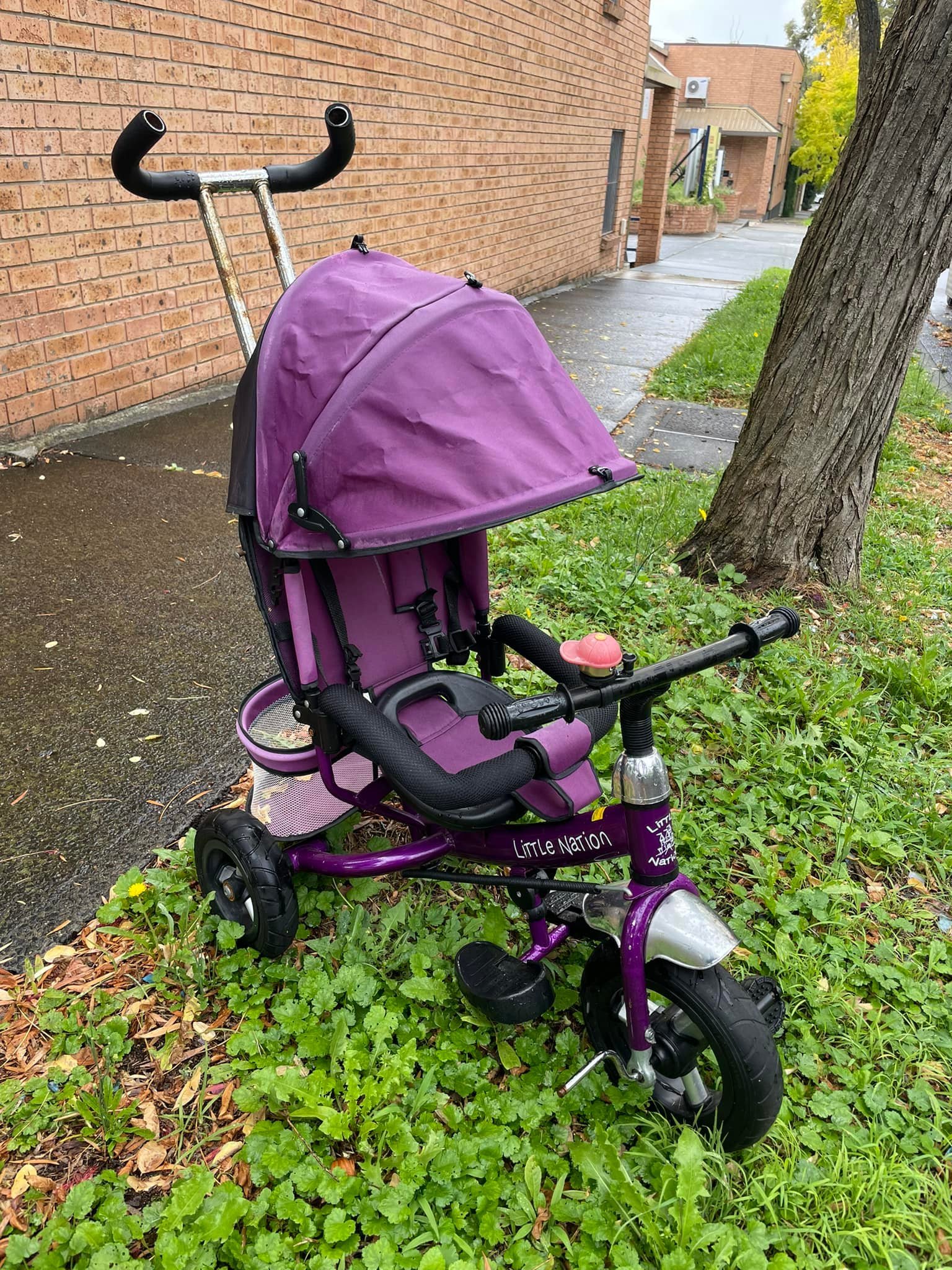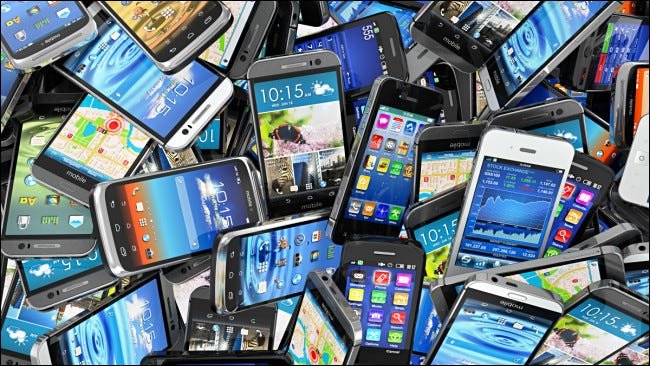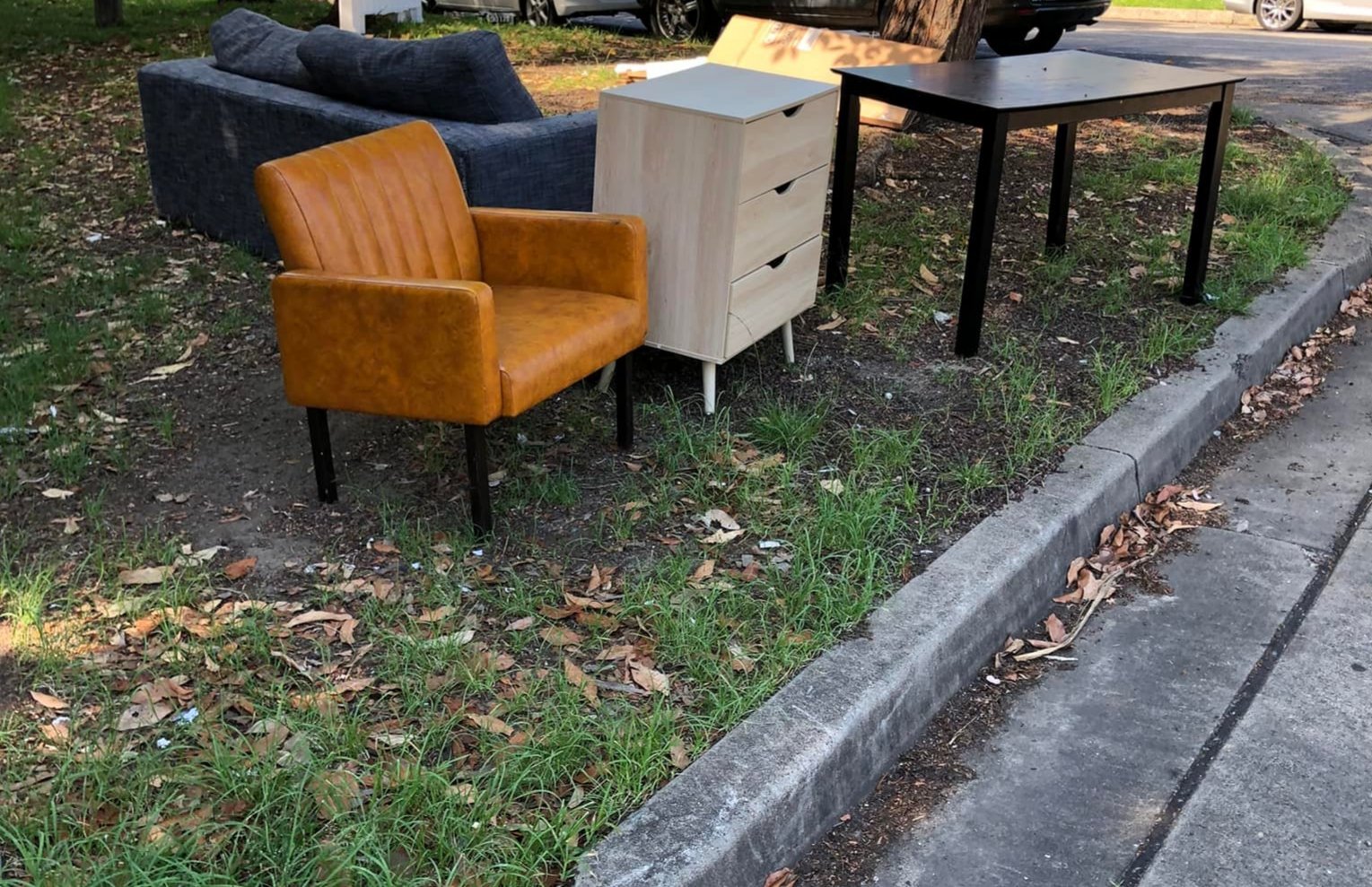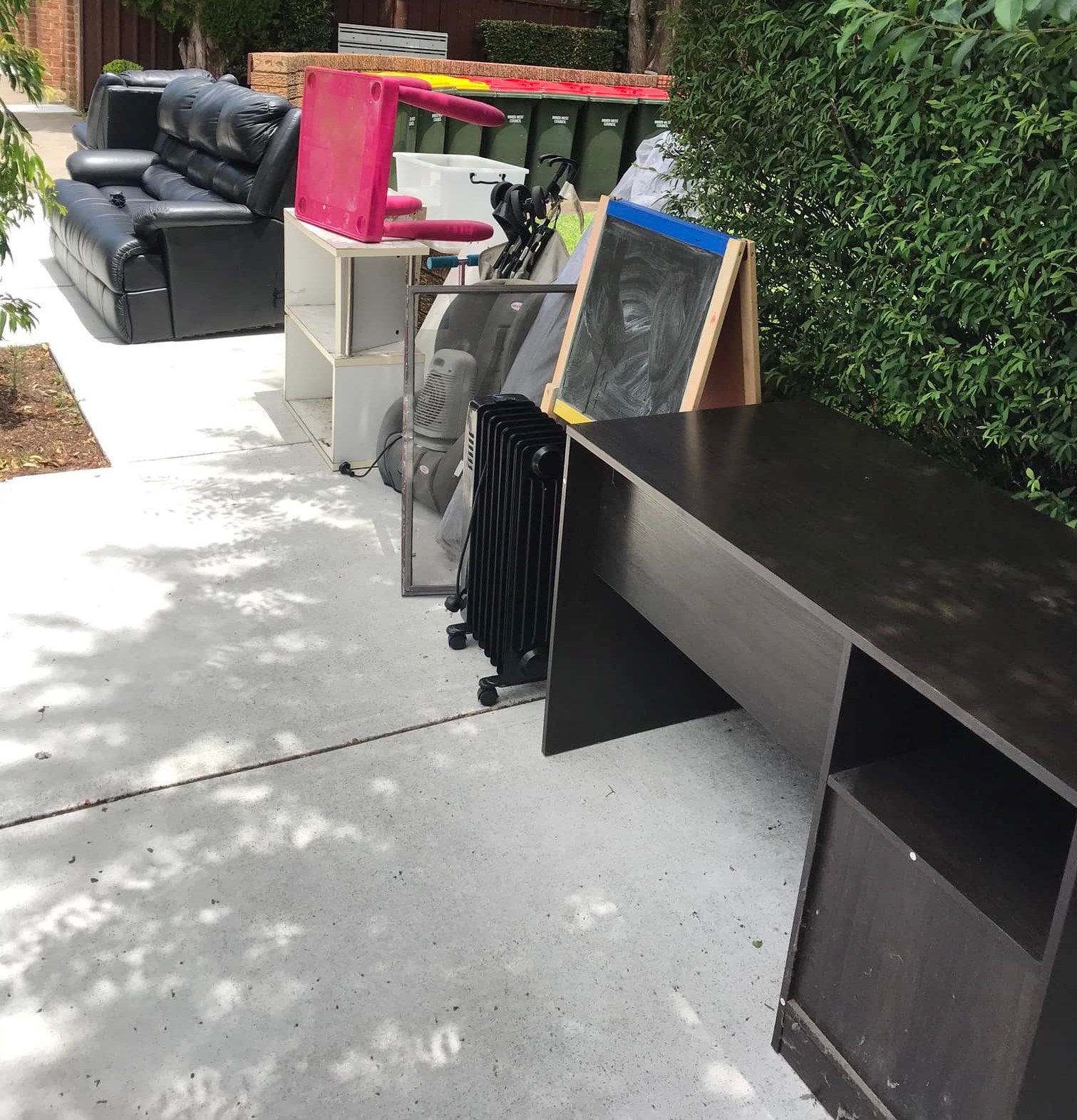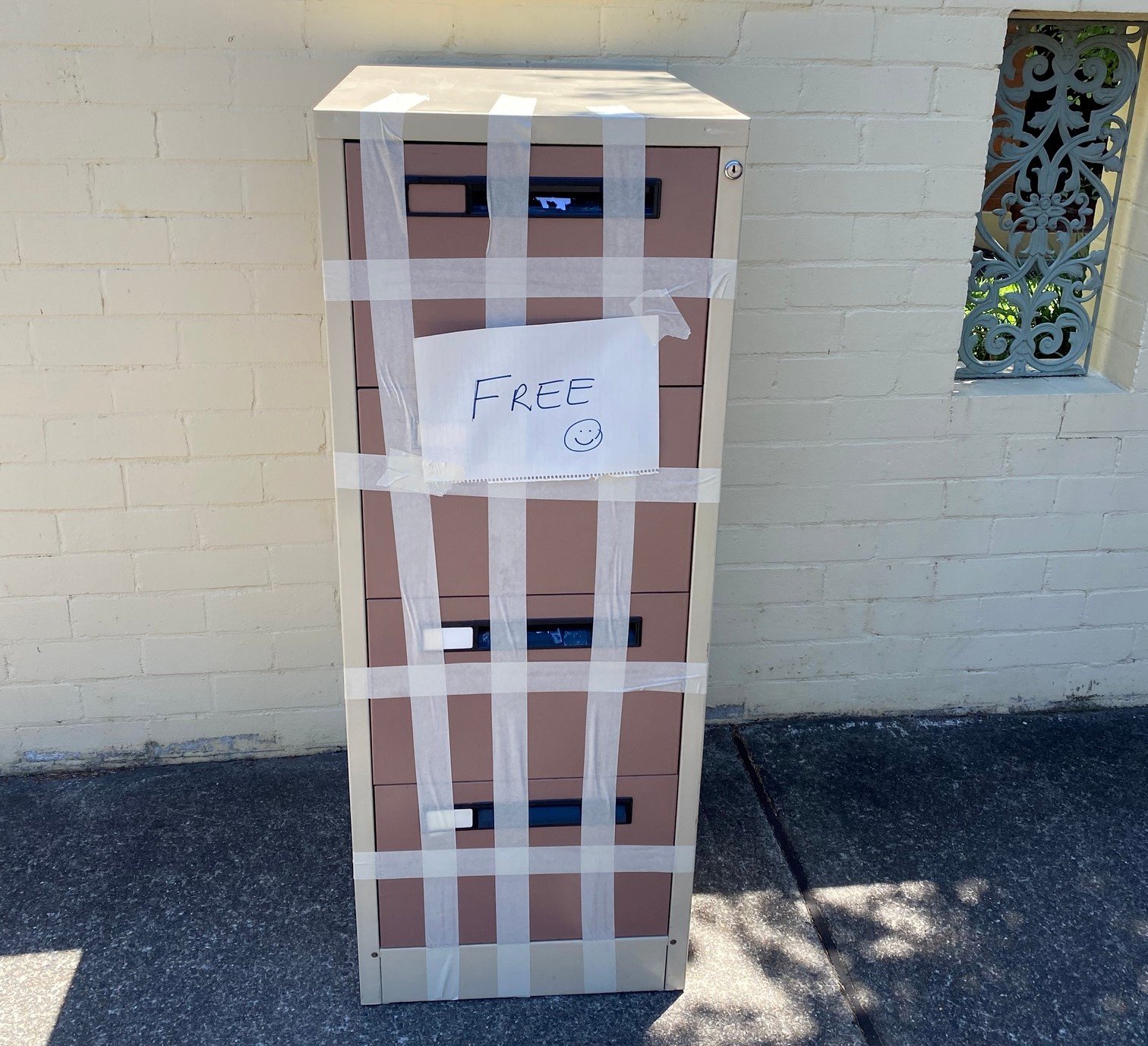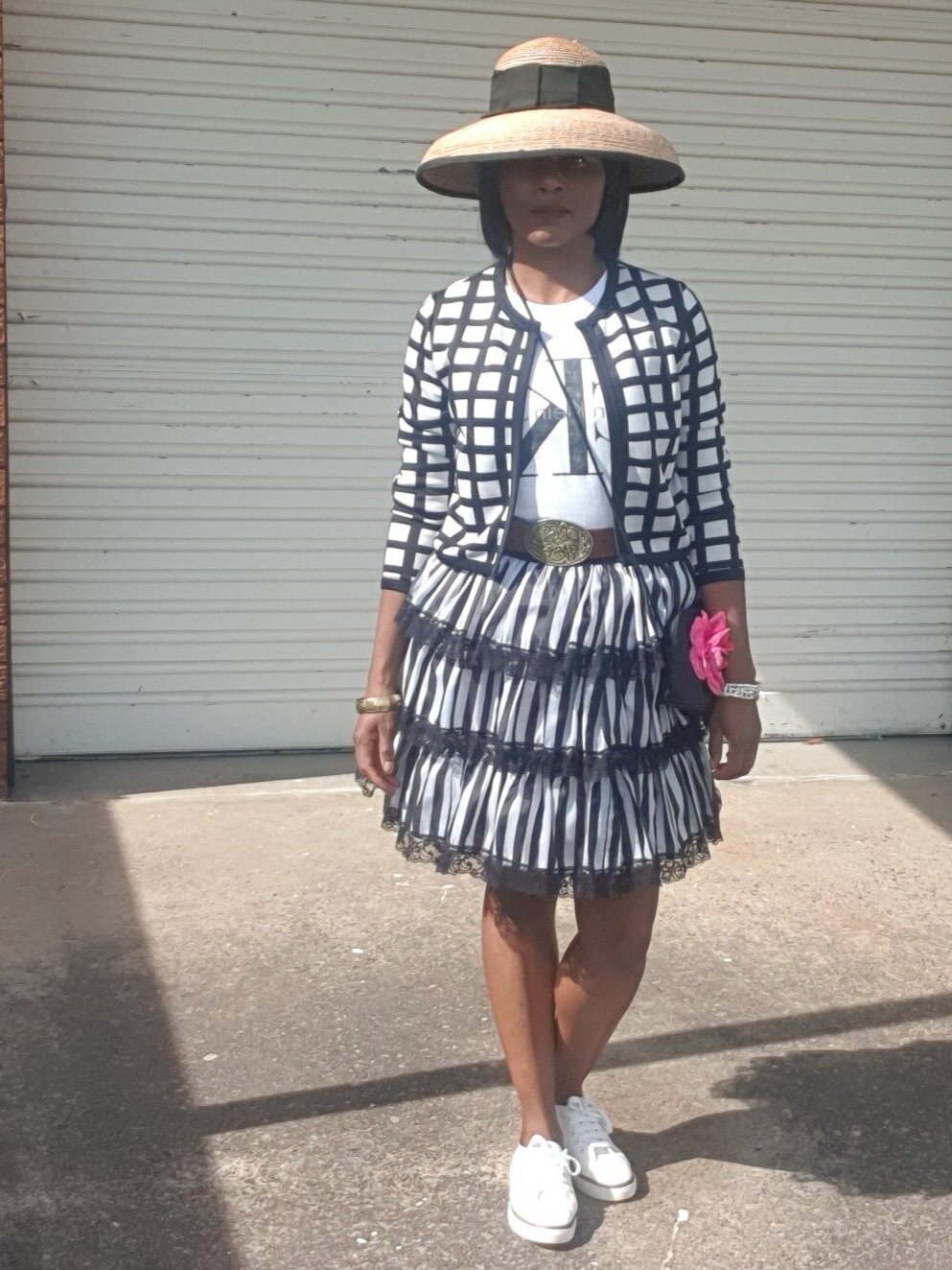Image source: Global Circular Network
Only 1% of clothing is recycled into new garments per year—a shockingly low figure given the fashion industry's bold sustainability promises. This leads to over 300,000 tonnes of clothing being sent to landfill or exported from Australia every year. Even more troubling is that 86% of fashion brands still lack clear, measurable targets to phase out coal, while 95% of major fashion companies remain silent on the types of fuel powering their supply chains.
This lack of transparency is not necessarily deliberate deception, as current legislation, particularly in Australia, does not require disclosure of such information. However, it highlights a critical gap in accountability, especially when compared to the European Union’s progressive legislative frameworks, such as the Eco-design for Sustainable Products Regulation (ESPR), which mandates that brands take responsibility for emissions across their manufacturing and transportation processes.
Instead of addressing these issues, the Australian government is giving Seamless Industry Awards, which, when compared to the ESPR, highlight a failure to implement meaningful change. Seamless must also require brands to set targets and deadlines to mitigate emissions from manufacturing and transport, as well as offset through sequestration. These are crucial questions, given that emissions from these areas, along with manufacturing and transport, are the two biggest hotspots for pollution. Without enforcing such measures, the Minister for the Environment will struggle to meet government targets. This situation shows that real change is urgently needed to stop the fashion industry from continually exploiting the planet unchecked. But how can we achieve this?
Alison Jose, founder and CEO of the Global Circular Network, believes that the future of transparency in fashion hinges on brands pivoting to circular economy business models using smart tools to connect all stakeholders.
The one tool that can achieve this is the world's first washable RFID that’s housed in a single thread. This cutting-edge technology integrates a single 15 centimetre thin metallic thread embedded with a chip into garments during the labelling process, or slipped into quality recovered products to also engage the second hand and rental markets now. Washable, discreet, and flexible, RFiD THREADS® are connected to a cloud app to hold vital information about material specifications and can be updated in real-time.
They are washable - up to 200 degrees and this includes carpets. The RFiD THREADS® is a digital passport that stays with products throughout their entire lifecycle to gather comprehensive circular product data in real-time. Using long-lasting DPPs means we can collect unprecedented full circular product data which is the key to creating financially sustainable local and global circular economies.
Their main function is to connect businesses to enhance the identification, sorting, and categorisation of both desirable and undesirable products, facilitating product life extension and reuse all before recycling simply by reading one or bulk products simultaneously with RFiD handheld or fixed system readers. With RFiD THREADS®, the fashion industry will finally have a smart tool to unlock a fully interconnected circular economy at scale.
To delve deeper into this promising solution, insights from a recent interview with Alison Jose reveal how RFiD Threads can not only transform the fashion industry but also address the pressing challenges of transparency and sustainability. We spoke with her and captured her thoughts on the potential of RFiD Threads to reshape the industry’s future while highlighting the hurdles that may lie ahead.
Daphne: “What sparked your passion for making a difference in the fashion industry?”
Alison: “I came to the circular economy from being a sustainable textile wholesaler, manufacturer, and developer working with mills in India, Indonesia, and China. In 2020, I developed CircStretch, a new bio-stretch textile aimed at reducing plastic in performance stretch garments like activewear using specialty yarns from Lenzing Group and Asahi Kasei, who developed the world’s first Cradle to Cradle Gold Standard elastane.
Once I understood the complexity of textile fibers and the production limitations at the beginning of the supply chain, I shifted my focus to how we can recover these resources and support what's called the reverse logistics value chain to make products more circular. I also recognized the need for shared responsibility across the entire fashion waste ecosystem, rather than placing the burden solely on the resource recovery sector to solve the ‘waste’ crisis. Additionally, we need to actively integrate the incredible reuse creative sector, which is at the heart of circularity.
Additionally, my background as an art curator and PR consultant has always influenced my approach to sustainability. When people ask how we can transition to more sustainable textiles, my answer is simple: through beauty. By harnessing creativity and aesthetic appeal, we can engage consumers emotionally, helping to shift them away from the take-make-waste model and towards more conscious choices. Combining smart technology with creativity, human-centered design, and strong regulations can make sustainable options both attractive and accessible. This approach encourages consumers to make informed and easy choices that are better for the planet.
It is especially important to connect people with local communities to create jobs and boost local economies, while also making it easy for them to experience that 'warm, gooey feeling' that helps change habits of overconsumption, wish-cycling, or simply throwing things away. By providing easier access to circular options and educating people on how to use the planet's resources wisely—from transport to textiles—and incorporating reward systems, we can unlock significant opportunities to redirect the revenue that currently ends up in landfills."
Daphne: “Can you share the origin story behind the idea of establishing the Global Circular Network and using RFiD technology along with QR codes?”
Alison: "In 2020, I received a grant from the NSW EPA to create Australia’s first Circular Textile Waste Service, and I began collaborating with a disability enterprise to sort and dismantle textile waste. During this sorting process, I realized that almost 99% of the products were untraceable, highlighting the urgent need to reconnect them with their originators to encourage their engagement. Additionally, at least 80% of the textiles were technically unidentifiable. Currently, the responsibility for managing fashion waste primarily falls on local councils and recyclers, which isn’t fair. Both brands and consumers must share this responsibility. To address this issue, I reached out to a colleague at Deakin University, who connected me with Dr. Anura Rathnayake, an expert in RFiD thread technology. Our collaboration began in 2022, and I have since built the cloud app and circular solution from there.
Daphne: “What specific information can this thread store and transmit?”
Alison: “The threads themselves do not store data; instead, they are connected to a cloud app that allows us to store infinite product data and delete this data when the product is recycled, helping to prevent unnecessary data storage and energy waste.
By integrating RFiD THREADS® into garments, businesses can effectively communicate and report on their circular design strategies, especially regarding material types and traceability. For instance, current recycling technologies face significant challenges with blended materials. It is crucial for recyclers to know which chemicals were used during textile manufacturing. Activewear and uniforms often contain 'forever chemicals,' which can complicate recycling. By identifying and diverting these harmful substances during the sorting stage, we can support a cleaner recycling process, improve product safety, and tackle the issue at scale.
Embedding an RFID thread from the outset simplifies the recycling process, allowing recyclers to efficiently identify, recycle, remanufacture, or repurpose materials, ultimately creating safer feedstocks. Additionally, it employs smart technology to engage and support the R-cyclers, who are vital for extending a product's life through repair, resale, rental, redesign, and remaking. This approach puts the “economy into circularity," keeping products in circulation longer before recycling and redirecting valuable resources to the second creative heart of circularity.”
Daphne: “What are the biggest challenges that the Global Circular Network is facing, and how are you planning to overcome them?”
Alison: “Well the answer to both questions is: collaboration; it's the biggest challenge and it's the solution. Thankfully, the EU Commission is stepping up, leading the global shift toward a circular economy with groundbreaking legislation. Through Cirpass-2, the commission has mandated the use of Digital Product Passports (DPPs) to enforce the Ecodesign for Sustainable Products Regulation (ESPR). This will guide all industry stakeholders toward circularity and it’s profoundly exciting to be part of the teams who are driving circularity through collaboration and inclusivity but understand that smart tech and regulations are the only way to pivot this industry and reduce emissions at-scale.
Yes, the scope of this transition is vast and daunting, but it also presents an extraordinary opportunity for positive change. This shift has the potential to impact local and global supply chains, encouraging brands to work more closely with their suppliers but also employ EPR strategies and engage with the resource recovery sector. With this collaboration and direction, brands can opt for better materials, increase revenue, uphold the Modern Slavery Act, pay Living Wages, and leverage real-world data to identify environmental hotspots, creating a more immediate and meaningful impact that is reportable.
A critical part is that our RFID thread technology can withstand wear and tear, enable unprecedented data collection for Life Cycle Assessments (LCA) plus instant unfakeable product authentication which is an enormous bonus to customers, brands and resellers. Combined with a connected QR code and/or NFC ring, brands can use this technology not just to track the product’s journey but to reveal their circular journey to customers, fostering brand loyalty and consumer education.
Consumers today are hungry for information on how and where to repair, resell, rent, or donate products. Brands have the opportunity to connect customers with local networks, encouraging them to donate, swap, or connect with creative redesigners who upcycle items. This extends the product's life and builds emotional attachment to possessions, while guiding consumers to proper recycling options, reducing the issue of “wishcycling” that ultimately goes to landfill or simply throwing things away.
By supporting their customers, brands can increase profits and redirect resources. Our washable RFID DPPs can also turn “resource recovery” businesses into network partners, as each scan provides verifiable data on a product’s circular journey. This data will assist in compliance reporting and potentially reduce taxes or levies for proving circularity.
The EU’s crackdown on greenwashing and offshore dumping is another significant step forward. For R-cycler stakeholders, this legislation opens doors for using RFID readers to access our open-source app for free which in turn offers brands solutions that help capture their required circularity data. All businesses can unlock untapped revenue currently being lost to landfills in addition to brands meeting their reporting requirements.
In September the USA state of California passed legislation on a Responsible Textile Recovery Act, also known as SB 707, requiring manufacturers and distributors to participate in an extended producer responsibility (EPR) program for apparel and certain textile products. The hope is that EPR legislation will spread to other countries including Australia as we know that government intervention is the only way to push brands toward implementing full circularity required to meet our local and global environmental targets.
While we need to start with "circular-ish" efforts, the goal must be a faster transition to a fully circular economy, where brands adopt circular business models plus include a financial shared responsibility alongside a socioeconomic lens such as the Doughnut Economics framework. Simple measures like using second-hand or recycled textiles or offering take-backs and repairs are a basic start but full systems need to be integrated at scale as they aren’t enough to meet our collaborative environmental goals.
Unfortunately, Australia has yet to take regulatory action. The Ellen MacArthur Foundation has warned against diluted versions of circular economy models that won’t deliver the needed results. After years of trying, I’ve received no feedback from Australian industry or government, and brands are unlikely to be able to pivot to full circularity voluntarily.
The industry won’t change without government regulations as they help determine best-case metrics and Standards, utilise bulk manufacturing initiatives to lower costs and increase equitable participation, plus to avoid the imbalance that is straining the resource recovery sector trying to ‘solve the waste problem’ on behalf of brands and consumers but without their participation.
The Global Circular Network helps create shared responsibility. After all, we all wear clothes, and their negative environmental impact affects us all. As a member of several Cirpass-2 Expert Working Groups under the EU Commission, I’ve seen the incredible support for micro-businesses and Small to Medium Enterprises (SMEs) which is why we’ve also launched the 100 MILLION THREADS PROJECT.
Collaboration and regulation are essential to create inclusive, equitable solutions and ensure all businesses transition to circularity in time to meet climate targets.
While QR codes and NFC rings are useful for customer engagement they aren’t full digital passports and won’t solve business-to-business communication and data needs at scale. QR codes and NFC are more like smart swing tags but they also raise concerns about personal data collection which is why we’ve separated them to use RFiD THREADS® to only capture product data through a commercial reader, without involving consumer information.
By adopting these tools, brands can foster greater transparency, which today’s consumers increasingly demand. And by mimicking the strategies of fast fashion—leveraging smart tech and social media—brands can build a more circular industry. This approach offers consumers an eco-friendly “dopamine hit” while advancing holistic goals to reduce landfill, emissions, and pollution, creating a cleaner plus fairer, more supportive industry for all.
Daphne: “What is your long-term vision for the Global Circular Network?”
Alison: "My long-term vision aligns with our short-term goal: to engage as many stakeholders in the circular economy as possible and to connect them all.
Offering equitable accessibility is crucial for SMEs in the EU, where 99.8% of fashion brands fall into this category. It’s been said that approximately 40% of these businesses may struggle to add DPPs and meet ESPR compliance requirements.
By launching the 100 MILLION THREADS PROJECT, we aim to include SMEs, Not for Profit Enterprises, charities etc and offer them an efficient DPP at the same equitable price as the big brands who can access via low-cost bulk manufacturing orders.
We want to add RFiD THREADS® into 100 million pieces of clothing. Just imagine if we added 100 million threads to both new and recovered jeans, we then take immediate action to stop emissions being added to the environment the equivalent of 300,000 cars or 2 million hours of domestic flights, 5 million refrigerators, or 70 million smartphones. This is just a start as there's some 15.3 billion pairs of jeans causing emissions as they rot in landfill globally each year.
A key focus is ensuring equitable access for SMEs, especially in the EU, where 99.8% of fashion brands fall under this category. It's estimated that around 40% of these businesses could face challenges in implementing DPPs and meeting the compliance standards to be outlined in the ESPR.
To address this, the 100 MILLION THREADS PROJECT aims to include not only SMEs but also nonprofits, charities, and other organisations. Our goal is to provide them with an affordable DPP solution, on par with what larger brands can access through low-cost bulk manufacturing.
The plan is to manufacture 100 million RFiD THREADS® to add to 100 million pieces of clothing. Now imagine the impact if we added these threads to both new and recovered denim jeans: we could prevent emissions equivalent to 300,000 cars, 2 million hours of domestic flights, 5 million refrigerators, or 70 million smartphones. And that’s just the beginning because we’ve not even calculated their EPR—each year, 15.3 billion pairs of jeans rot in landfills, contributing significantly to global emissions.
Any sized brand can join by pre-ordering via an Expression of Interest and jump onto a bulk manufacturing order to purchase affordable, efficient DPPs at the same low bulk buying price as the big brands.
We need to support these businesses so that we don’t forever change the landscape into one that’s dominated by fast fashion and large global brands. SMEs are the backbone of our society; they are where creativity flourishes, which is at the core of why I started this project. By supporting these smaller businesses, we can ensure that innovation and creativity helps to drive a circular economy."
Daphne: “What message would you like to share with young people and sustainability advocates?”
Alison: “My message to young eco-entrepreneurs striving to pivot to circularity is to stay connected to your purpose. For me, that purpose centers around the environment and ensuring a better future for my son and the generations to come. It breaks my heart to see the urgency of our climate crisis and realize that we can't afford to wait as the 2030 targets are now obsolete.
Also to learn more about the people who are connected to both your supply chain and the resource recovery providers. This is where the gold is, the storytelling that connects us all, seeing the differences and the similarities but especially the gifted ‘makers’ who create, decommission and then recreate our products and materials.
Together, we can transform this industry into one that prioritises the planet and future generations."
Daphne: “Is there anything you believe every fashion consumer should be aware of when purchasing clothing?”
Alison: “Manufacturing and transport are the two biggest contributors to emissions in an industry ranked among the top three driving the climate crisis.
By learning more, every fashion consumer can consider the full impact of their purchasing decisions and acknowledge the true cost of producing their clothes and our role in over consumption. Just recently, the Australian Institute reported that Australia has the highest fashion consumption rate in the world, which is alarming. On the same day, temperatures soared to 52.2 degrees in Delhi, where one of my recyclers operates. There, women wearing saris made with 5 metres of plastic polyester sit amidst piles of wool garmentsunder metal roofs without air conditioning in that heat, as they decommission our discarded clothes for recycling.
It’s the people in the Global South who bear the brunt of our waste crisis, and it's crucial that we engage them as active participants in a circular economy. With RFiD THREADS® this is now possible and easy.
Daphne: “What are some real-world impacts we can see by using RFiD THREADS®?”
Alison: “I’m excited to divert funds from the 100 Million Thread Project, which aims to make a significant difference in these communities. Funds will go towards renewable energy solutions aligned with Project Drawdown’s Distributed Solar Photovoltaics energy initiative, benefiting both garment production factories and decommissioning businesses in the Global South.
Our goal is to support factories that lack the financial resources to transition to renewable energy, improving working conditions while providing brands with a dual advantage. Not only will this reduce energy consumption in key production areas, but it will also enhance their ESPR reporting by addressing critical energy hotspots.
We can also use our data to build LLM AI to determine the best-case choices based on geography plus which materials and solutions to choose to help brands shift faster to better solutions based on real-world LCA metrics.
Brands can choose to connect their Supply Chain Management and LCA software platforms with ours via a “digital bridge”. Connectivity to SCM is disconnected at Point-of-Sale or by request and is then open-source to be all-inclusive and offered for free to the resource recovery sector.
SCM connectivity automatically solves one of the industries biggest waste problems; returns. Implementing RFiD THREADS® means returns can be bulk scanned and put ‘back onto the shelves” instantly to fix the enormous problems caused by manual re-entry leading to out-dated clothing being dumped. Many brands build these financial losses into their linear models so this loss of revenue is now an easy fix .
The concept of shared responsibility extends to encouraging brands to help consumers take accountability for their choices. By educating customers that even the transport involved in online shopping returns carries a “cost” to the planet, we can foster a deeper awareness. Encouraging consumers to pay a small fee to ‘draw down’ the associated emissions will lead to meaningful habit changes and phenomenal sequestration opportunities as awareness grows.
These small financial contributions add up, helping to infuse the ‘economy’ into circularity. Brands stand to benefit by increasing profits, offsetting eco-related expenses, and supporting essential waste management efforts, as well as driving advancements in textile technology. This approach helps brands, consumers and the resource recovery sector to collaborate in creating a more circular future.”
Article by Daphne Vryghem is passionate about the circular economy and dedicated to advancing innovative strategies for sustainable environmental preservation.


